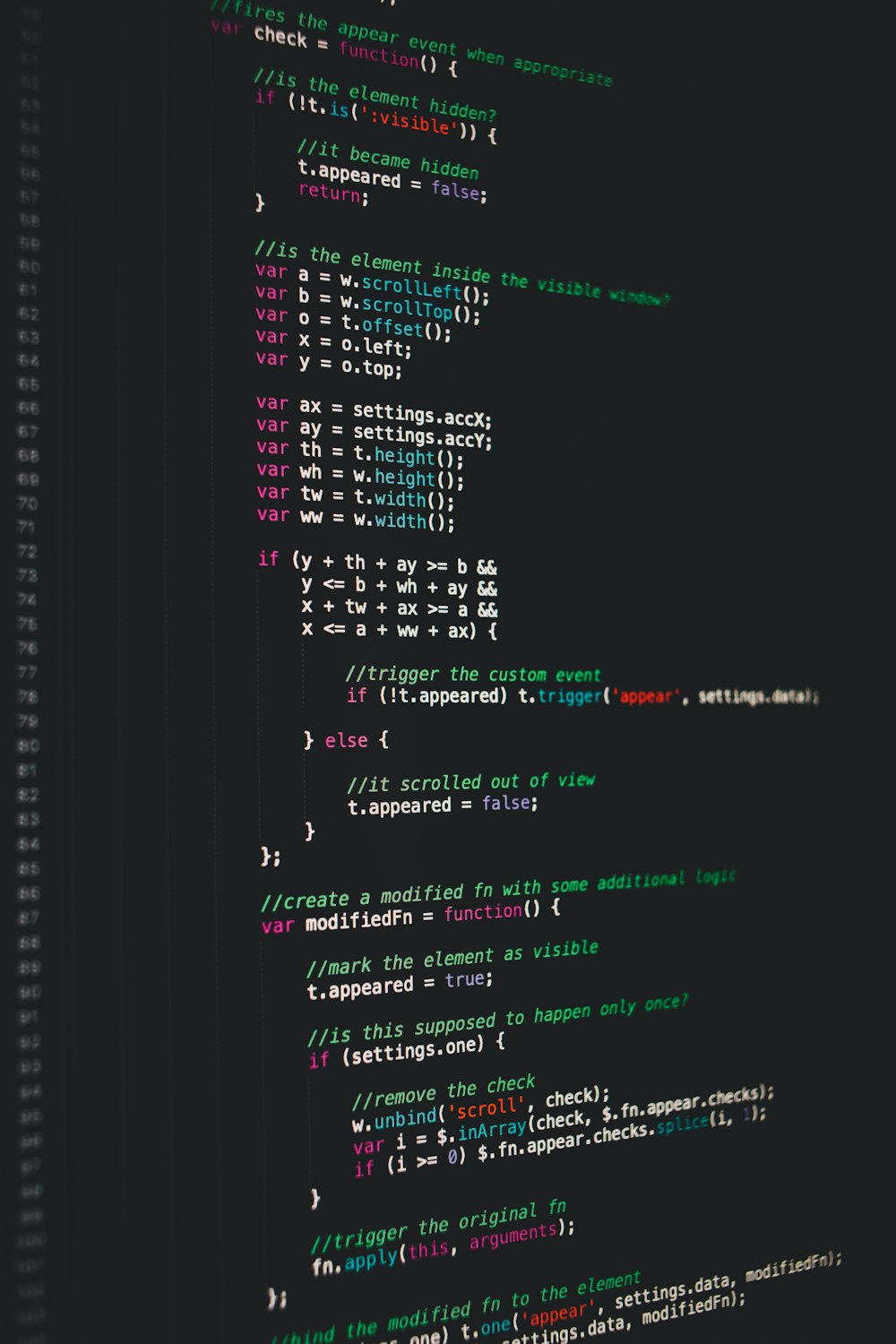What Is Machine Learning?
Machine-learning programs use advanced mathematics to identify trends in information, commonly referred to as data. Our modern world is now virtually powered by machine learning algorithms.
Machine-learning technologies are responsible for the significant bulk of the advances and implementations of new computer technology that you read about these days.
Unleashing the Power of Machine Learning: Exploring Applications, Learning Process, and Ethical Considerations
Real-world applications: Machine learning finds applications in various fields. For example, it helps doctors analyze medical data to improve diagnosis and treatment, enables financial institutions to detect fraud patterns, powers self-driving cars to navigate safely, and provides personalized recommendations on e-commerce platforms.
Training and learning process: Machine learning algorithms learn by processing large amounts of data through a training process. They iteratively adjust their internal parameters based on feedback, gradually improving their ability to make accurate predictions or classifications.
Types of machine learning: There are different types of machine learning. In supervised learning, algorithms learn from labeled data, where input-output pairs are provided. Unsupervised learning involves discovering patterns and structures in unlabeled data. Reinforcement learning uses feedback from the environment to learn optimal actions through trial and error.
Data-driven decision-making: Machine learning empowers data-driven decision-making by analyzing vast amounts of information. By extracting insights, making predictions, or automating tasks, machine learning helps businesses optimize processes, enhance customer experiences, and drive innovation.
Ethical considerations: It is essential to consider ethical aspects when applying machine learning. Ensuring fairness, transparency, and avoiding biases in algorithms is crucial. Responsible use of machine learning promotes trust, fosters inclusivity, and ensures that the technology benefits individuals and society as a whole.
To identify trends in vast quantities of data, machine learning systems utilize statistical data. Data emcompasses a vast universe: figures, statements, photos, inputs, and more; if it can be digitized, then it is data and can be processed digitally into a machine-learning program. Machine learning is the mechanism that drives several of the applications we are using nowadays, such as YouTube, Spotify, and Netflix prediction models, online services such as Baidu and Google, social networking platforms such as Instagram, TikTok, Snapchat, Facebook and Twitter, and virtual agents such as Alexa and Siri. Every framework gathers as much information about you as necessary in all of these cases. Utilizing machine learning to generate a reasonably informed prediction about what you would want later, for instance, what categories you prefer to consume, which posts you open, and what profiles you respond to. Or in the scenario of a virtual assistant, the terms that better represent the strange noises that come from your mouth. This method, honestly, is straightforward: identify the trend, implement the structure. But the universe works reasonably like that. That's primarily due to a 1986 breakthrough, thanks to the efforts of Geoffrey Hinton, regarded nowadays as the founder of deep learning.

